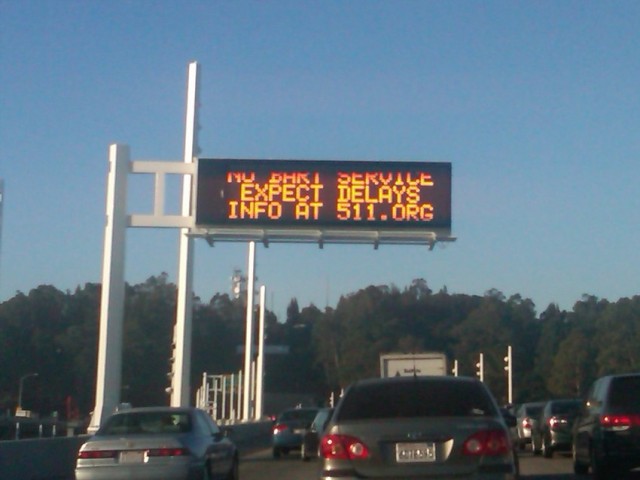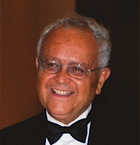
Should transit employees in California be barred from walking off the job?
Orinda City Councilman Steve Glazer thinks so. He launched a petition late last month to push for legislation that does exactly that.
With the BART strike — once again — snarling Bay Area traffic and inconveniencing hundreds of thousands of people, Glazer, who is running for a state Assembly seat and is a longtime adviser to Gov. Jerry Brown, said rider support for the proposal has soared in recent days as the threat of a strike loomed and then began today. Since union leaders announced the strike on Thursday afternoon, the petition has gained about 4,000 new signatures, Glazer said.
Glazer says he will use the petition to urge state legislators to draft a bill that would ban transit strikes.
"We need the state legislative delegation of the Bay Area to step up and show some courage and independence and protect BART riders," Glazer said.

